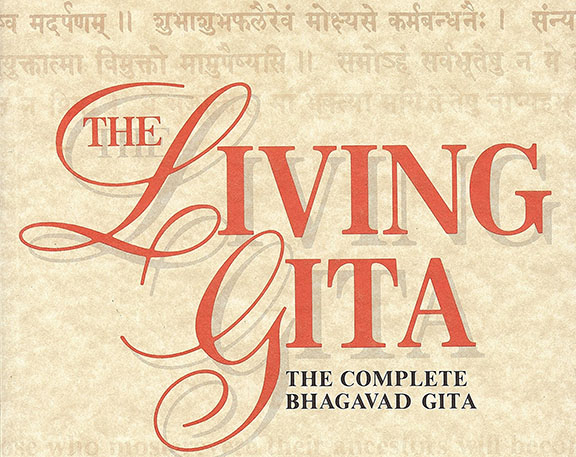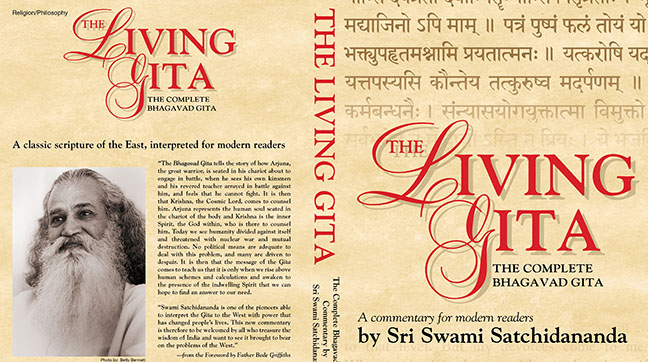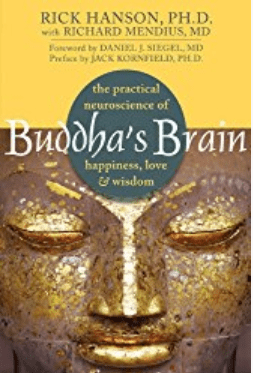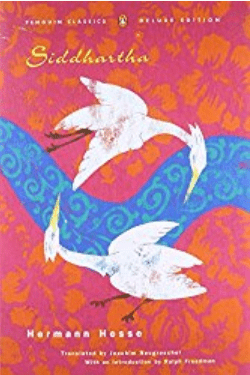Description
The Bhagavad Gita is an ancient Indian text that became an important work of Hindu tradition in terms of both literature and philosophy. The earliest translations of this work from Sanskrit into English were made around 1795 CE by Sir Charles Wilkins. The name Bhagavad Gita means “the song of the Lord”.
The story is set on the battlefield of Kuru within the Hindu epic Mahābhārata. It narrates the struggle between two groups of cousins in the Kurukshetra War and the fates of the Kaurava and the Pāṇḍava princes and their successors. Within the Gita, Arjuna enlists Krishna as his charioteer, and the course of this chapter is their dialogue within the space between two armies. Overwhelmed with dread and pity at the imminent death and destruction, Arjuna drops his weapons and Krisha delivers his teaching about life, duty, non-attachment, love, and different types of yoga practice.
Sri Swami Satchidananda is the teacher of my teacher, founder of the Integral Yoga, and also known as The Woodstock Guru.
The Bhagavad Gita is universally acknowledged as one of the world’s literary and spiritual masterpieces. It is the core text of the Hindu tradition and has been treasured by American writers from Emerson and Thoreau to T. S. Eliot, who called it the greatest philosophical poem after the Divine Comedy. There have been more than two hundred English translations of the Gita, including many competent literal versions, but not one of them is a superlative literary text in its own right.







Reviews
There are no reviews yet.